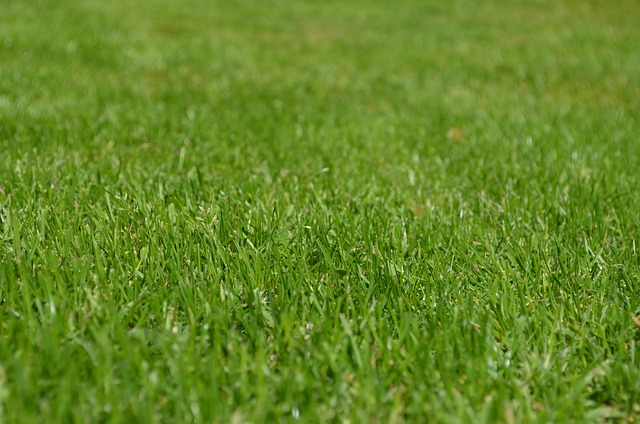In Castle Pines, sustainable vegetation management for utility easements is crucial, focusing on balanced infrastructure maintenance and environmental sustainability. Strategies include targeted herbicide applications, mechanical removal, and biological control to preserve local plant species and ecosystem health while ensuring clear access for utilities. Eco-friendly practices like manual weeding, organic herbicides, and beneficial insects enhance landscape aesthetics and minimize chemical use. These methods promote biodiversity, reduce long-term maintenance costs, and align with urban aesthetic goals, offering a harmonious solution for Castle Pines' utility easements.
In the pursuit of sustainable landscapes, understanding vegetation management in utility easements is paramount. These areas, often overlooked, play a vital role in our communities’ infrastructure. This article explores sustainable treatment options specifically tailored for Castle Pines, addressing challenges and highlighting the implementation and benefits of eco-friendly practices in managing vegetation along utility easements. Discover how these strategies contribute to a greener, more harmonious environment for all.
- Understanding Vegetation Management in Utility Easements
- Sustainable Treatment Options for Castle Pines
- Implementation and Benefits of Eco-Friendly Practices
Understanding Vegetation Management in Utility Easements

In Castle Pines and surrounding areas, vegetation management for utility easements is a crucial aspect of sustainable landscape care. Utility companies often require clear access to underground lines, power poles, and other infrastructure, necessitating well-planned vegetation control within designated easement areas. Effective vegetation management ensures these vital services can be maintained while also promoting environmental sustainability and visual aesthetics.
This process involves carefully selecting and implementing treatment methods that balance the need for accessibility with preserving local plant species and ecosystem health. Techniques may include targeted herbicide applications, mechanical removal, or biological control, depending on the type and density of vegetation and the specific requirements of the utility company. By adopting sustainable practices, Castle Pines residents and landscaping professionals can contribute to a harmonious coexistence between essential infrastructure and the natural environment.
Sustainable Treatment Options for Castle Pines

In Castle Pines and surrounding areas, sustainable treatment options for lawn plants are gaining popularity as residents and local authorities seek eco-friendly solutions for vegetation management, particularly in utility easements. Traditional methods often involve chemical herbicides or mechanical removal, but these practices can have adverse effects on the environment and nearby ecosystems. As such, there’s a growing trend towards more nature-based approaches to control and manage unwanted plants.
One effective strategy is the use of manual weeding and targeted applications of organic herbicides. This involves carefully removing invasive species by hand or using specialized tools, minimizing damage to the soil ecosystem. Additionally, introducing beneficial insects that feed on specific weed species can help control their growth naturally. Integrating these sustainable practices in vegetation management for utility easements not only promotes a healthier environment but also contributes to the overall aesthetic appeal of Castle Pines’ landscapes.
Implementation and Benefits of Eco-Friendly Practices

Implementing eco-friendly practices for vegetation management in utility easements, such as those in Castle Pines, offers a sustainable and beneficial approach to maintaining open spaces. These methods prioritize preserving the natural environment while ensuring access for essential services. By adopting strategies like selective herbicide application, integrated pest management, and native plant landscaping, communities can achieve healthy lawn and ecosystem balance.
Benefits are multifaceted: reduced environmental impact through decreased chemical use, enhanced biodiversity by promoting native flora, and long-term cost savings as these practices require less intensive care. Furthermore, eco-friendly vegetation management aligns with the aesthetic goals of many areas, contributing to a visually pleasing and harmonious urban landscape.
In addressing vegetation management for utility easements in Castle Pines, adopting sustainable treatment options offers a promising future. By exploring eco-friendly practices, we can balance the need for infrastructure maintenance with environmental conservation. The implementation of these methods not only benefits local ecosystems but also fosters a more resilient and harmonious relationship between urban development and natural landscapes. Embracing sustainable approaches ensures that Castle Pines maintains its vibrant tapestry while meeting the demands of modern utilities.
